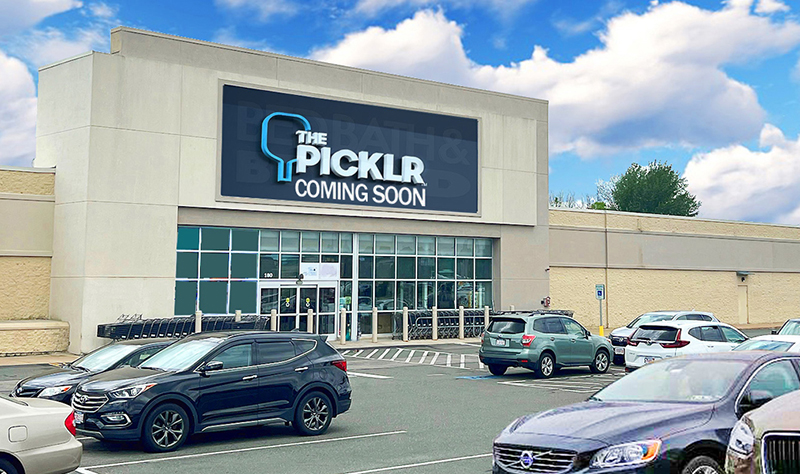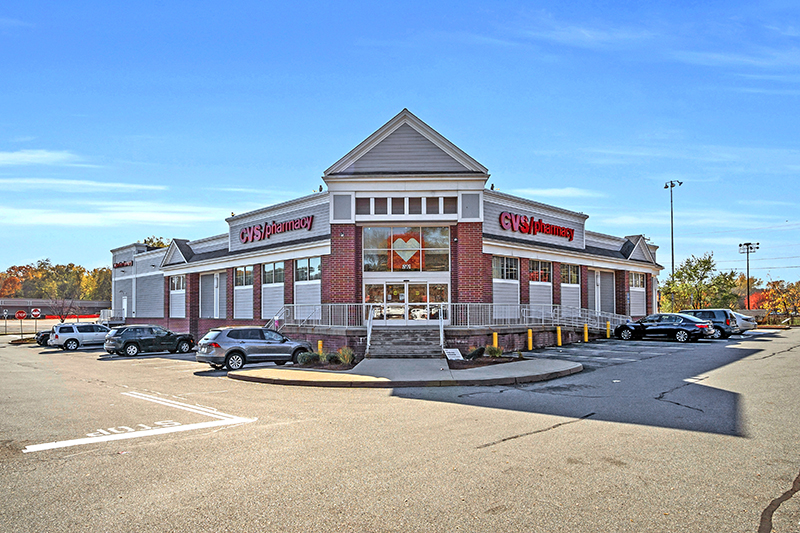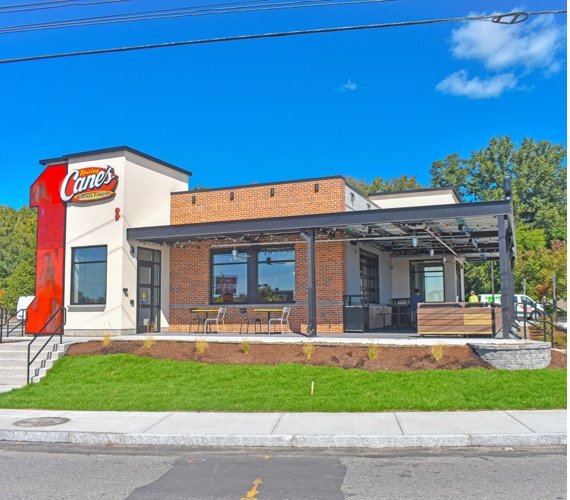News: Retail
Posted: January 21, 2010
Hiring a project manager can avoid development pitfalls
Consider these real life scenarios:
* A global QSR corporation is launching a new image and needs to open 100 new restaurants in less than two years. They do not have the internal resources to accomplish this.
* A QSR franchisee would like to renovate its existing restaurants to comply with new image requirements. They are weary of how to navigate though the zoning and planning process in each city, and are unsure of how to build a qualified design team to create construction documents that meet their needs.
* A national QSR corporation has a suit filed against them for non-compliance with the Americans with Disabilities Act for several restaurants. The corporation needs to quickly assemble a team to survey 1,000 restaurants for ADA compliance.
* A national QSR corporation decided to roll out a new equipment program to 2,000 restaurants in one year. The company does not have the resources to survey each site or locally manage permits and negotiate construction costs.
These are all examples of where a professional project manager can add value.
Deficiencies in scheduling, budgeting and communication can be avoided by hiring a professional project manger at the outset of development projects. A project manager (PM) leads and helps integrate all elements of a building project from planning to design and engineering, and through construction and commissioning for maximum overall results. During the process, the PM becomes your trusted advisor. A single source of responsibility and accountability for project performance.
The Balance Sheet
Restaurant owners may ponder whether the benefits of hiring a PM justify the expense. The answer is nearly always a resounding "yes." On the balance sheet, project managers are typically cost neutral-to-cost saving through implementing improved processes, timely coordination, and the integration of all project contributors.
As an owner's strategic partner, a PM can also provide the appropriate guidance and recommendations to the owner to ensure that the project is designed and executed for maximum synergy with the owner's portfolio. The same PM stewardship and efficiencies that control scope and bring costs in line, also keep projects on schedule and resolve unpleasant and costly stakeholder disputes.
Who's In Charge?
Sometimes companies will attempt to handle the PM function themselves by assigning the responsibility to someone on their internal facilities staff. Too often, such an in-house designate either lacks the adequate training or experience necessary to effectively manage all aspects of an expensive project. In many cases, the job is added to their ongoing responsibilities reducing the amount of attention they can devote. Unless internal candidates have extensive project management experience and are empowered to commit the required time to the task, they will not provide the appropriate and timely direction to ensure project success.
On a development over a couple of years, a restaurant owner might consider hiring an individual freelance project manager onto the facilities staff for the duration of the project. While such a professional might have the requisite experience, hiring a one-person shop poses continuity risks. In the event that this one person is unable to continue working on the assignment, the project transfer can become problematic.
Architects and Contractors Are Not Project Managers
Some architects and contractors maintain that they can assume the role of project manager. Even though they may be very capable at their specialties, there are several reasons why they fall short.
Unlike PMs, their lead responsibilities are limited to a component of the entire project. As an owner's representative, a PM is involved from the start, helping develop a clear project vision and strategy, then determining decision-making priorities and a schedule based on client-focused objectives. Throughout the project there are dozens of important activities not typically covered within the scope of architect or contractor services that must be addressed to structure the project for success.
Also, architects' and contractors' agendas can conflict with the restaurant owner's best interests. Architects naturally prefer when their design aesthetics are advanced without question; similarly, contractors will seek to transfer as much risk as possible to the owner and minimize their challenges in completing the construction. These professionals prefer a process that puts the owner in a reactive not proactive mode.
Even the traditional fee structure for architects and contractors does not support the owner's best interests. They are typically compensated based on a percentage of project or construction costs, which encourages the most expensive project possible. Conversely, if they are paid a flat rate, the focus shifts to shaving time and expenses wherever possible. Third-party PM compensation is based exclusively on services provided, which eliminates any link between project scope and their income. On the contrary, their financial success and reputation for future work is based on their ability to help the owner control the scope, schedule and costs, and attain the project's financial return objectives.
Finally, since architects and contractors are often charged with specific responsibilities, it can be more difficult for them to take a step-removed strategic view of the building as it may relate to others in the restaurant owner's portfolio. A good PM will sit down with the owner at the beginning to determine the relationship of the project to existing buildings and operations, as well as potential future growth plans.
Finding the Right PM
Often a restaurant development or improvement project is created to address a specific business need and better align the company with short and long term objectives. In such cases, careful consideration is given to hiring the best design team and contractor. The same consideration should be given when selecting a PM.
Since people with varying capabilities bill themselves as project managers, how do you make the right choice? Here are some factors to consider:
* Does the candidate's skills and experience match your needs?
Has the PM successfully managed projects comparable to yours in scope, in the restaurant industry, and in your geographic area?
* Is there an assurance of continuity for your project?
As previously noted, projects can suffer potential slowdowns and information gaps from different PMs. A good PM's depth of resources and dedicated staff permits the assigning of one lead PM for the duration of a project.
* Can the candidate successfully instill a collaborative process to obtain best results?
For maximum owner benefits, a PM must be able to facilitate a collaborative process among not just architects and contractors, but ancillary professionals such as technology and furniture, fixtures and equipment providers, and other stakeholders ranging from internal review boards to public interest groups. A good PM candidate should be able to provide solid references from organizations they have served successfully.
The PM's favorable reputation should extend to architects and contractors as well. While such professionals are not expected to unconditionally agree with all of a PM's decisions, they should respect the representative firm's regard for quality and fairness. If a PM has a reputation for lowering costs by unfairly "squeezing" suppliers, they will not get the best efforts from the team supporting your project.
* Does the PM emphasize a thorough design and pre-construction process?
The best time to make value-added improvements to a project is before it begins. A skilled PM should, after helping the owner define the goals and parameters for the project, initiate brainstorming sessions early in the process with the owner, architect, designer, all ancillary suppliers, and other important stakeholders. If a PM tends to shield collaborators from the owner and purport to speak on their behalf, there is reason for concern.
* Is there flexibility in the solution offered?
A skillful PM enters a new assignment not with a one-size-fits-all solution, but with a toolbox of resources to customize an optimum approach for each client. Some owners prefer more reporting detail than others. Some become integrally involved in a certain aspect of the project cycle, such as planning or execution. A PM team must fit to the client and its culture. It should be able to quickly adjust the team's size to match changing requirements of the project.
* How can you be assured of optimum PM performance?
The role of project management is to ensure the best results from all participants. Who is overseeing the PM? A trustworthy PM will willingly submit to an independent evaluation of his strategy and procedures. Check if your PM offers a second opinion through a peer review program, in which a team of outside managers reviews PM practices, interviews stakeholders, and delivers a report with improvement recommendations.
Patrick Triggs is senior project manager at Jones Lang LaSalle, Boston, Mass.
Tags:
Retail
MORE FROM Retail
Mace of KeyPoint Partners negotiates 36,192 s/f lease for The Picklr at Endicott Square
Danvers, MA KeyPoint Partners (KPP) negotiated a lease with the nation’s premier indoor pickleball venue The Picklr at Endicott Sq. Vice president of retail brokerage Don Mace negotiated the transaction on behalf of the landlord.

Quick Hits




.jpg)


